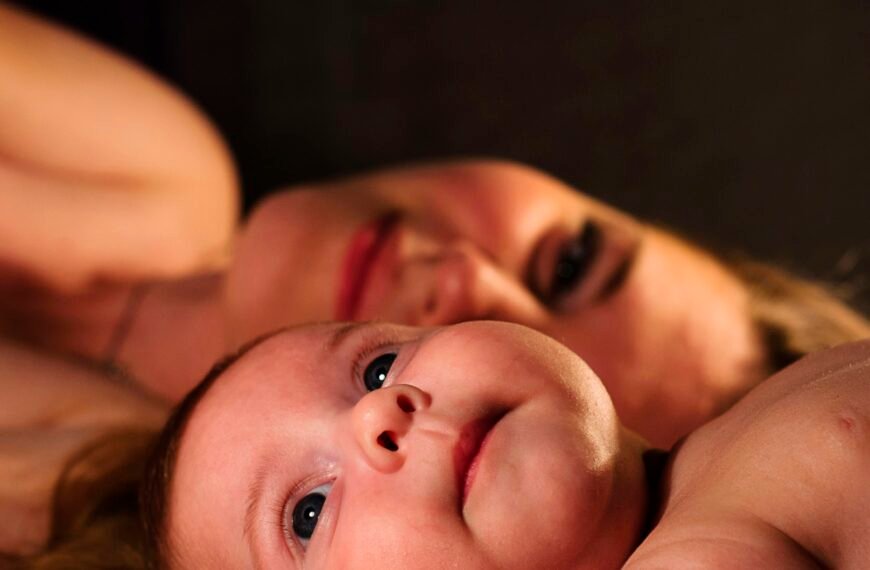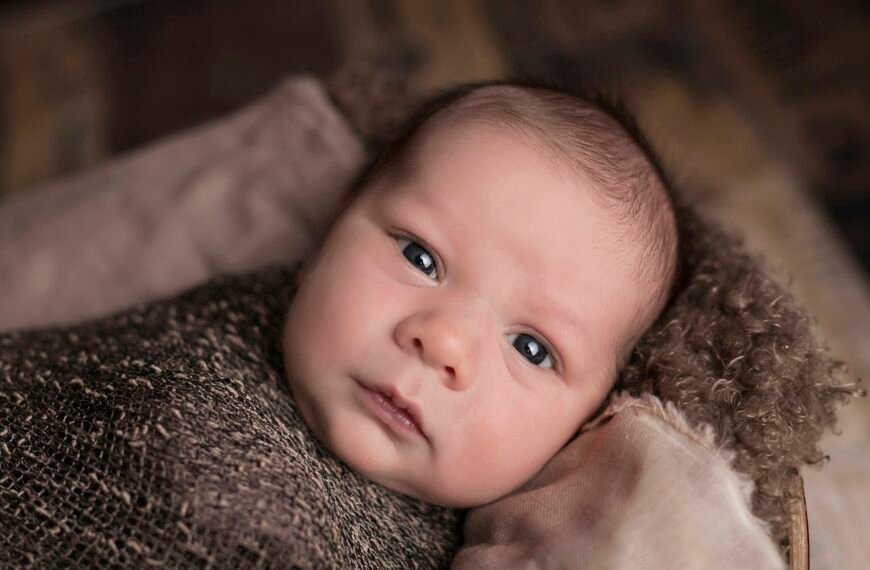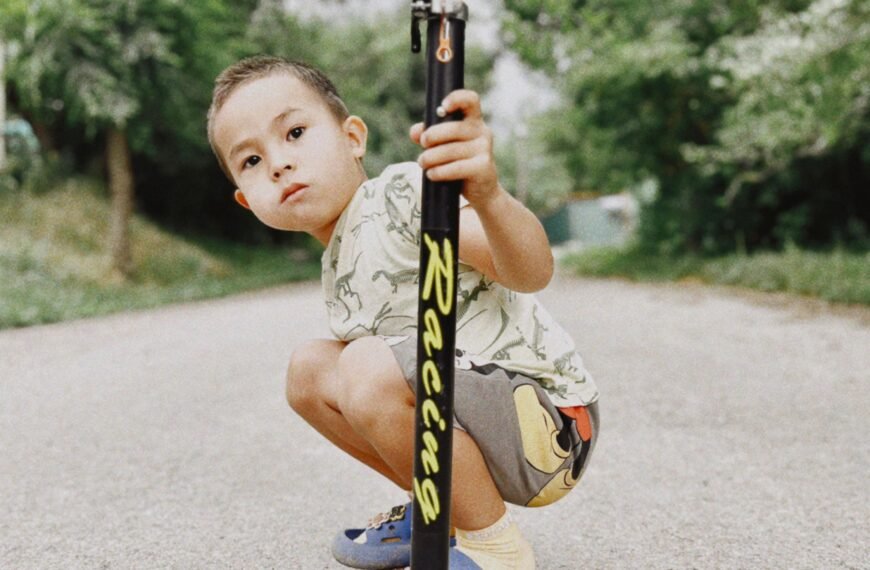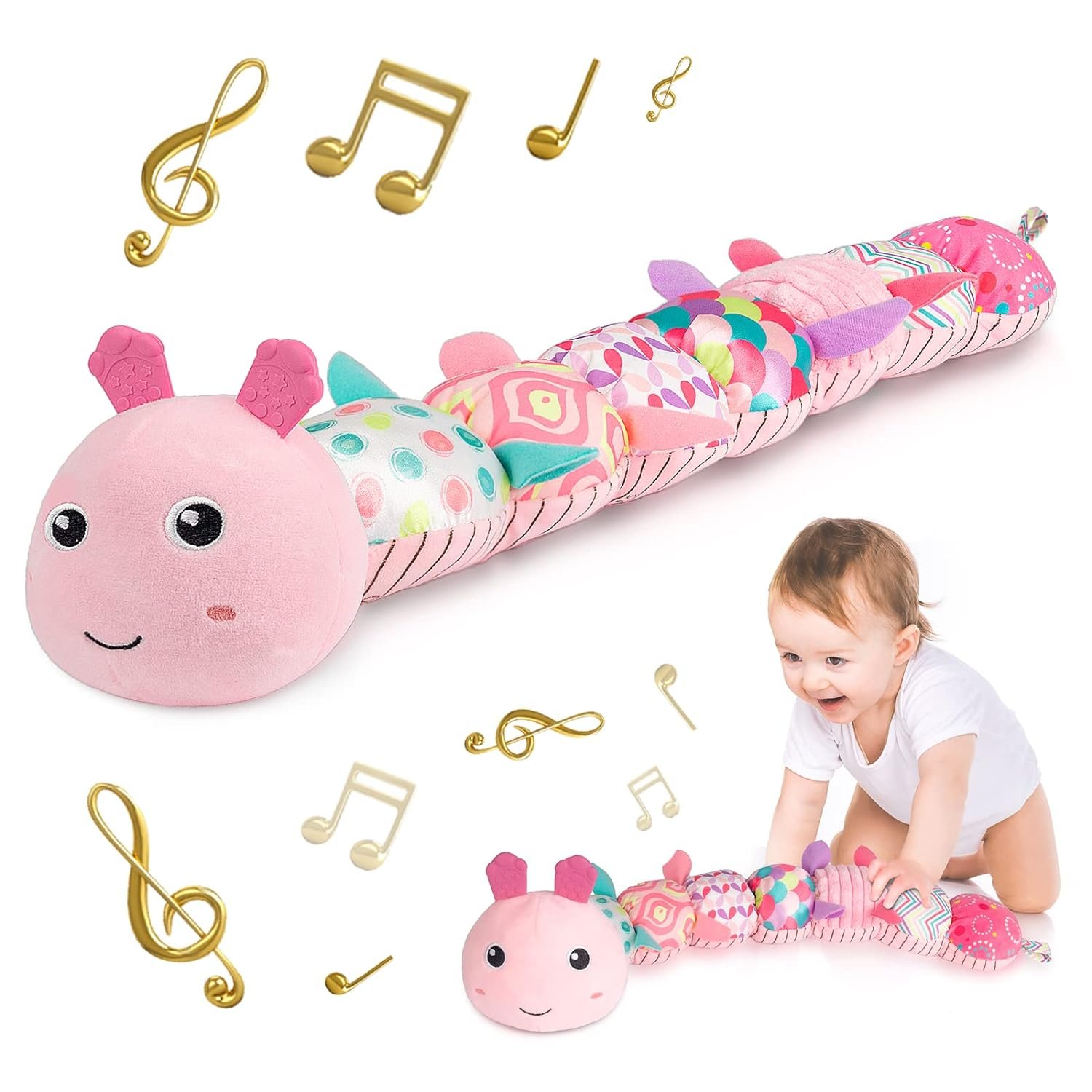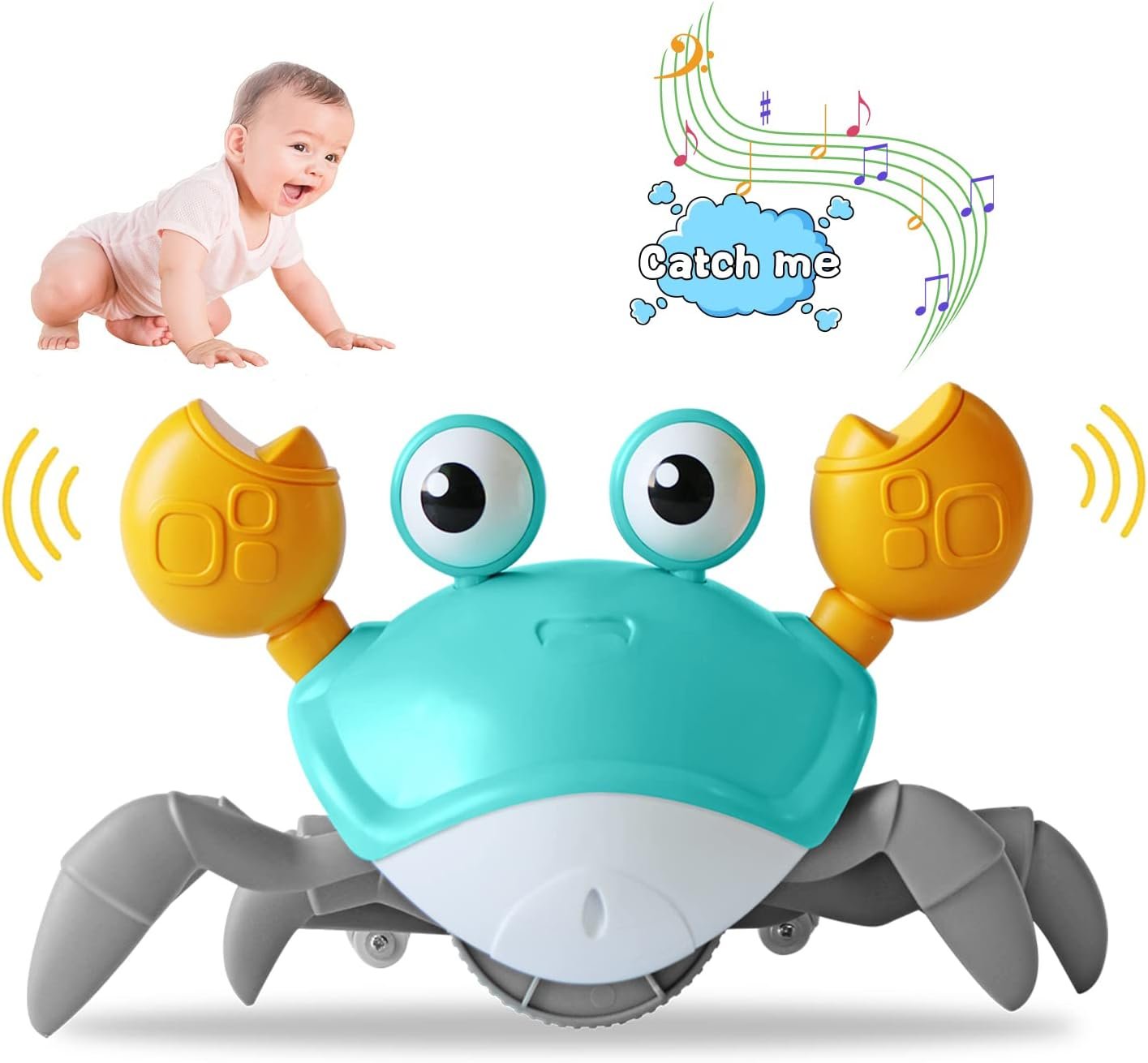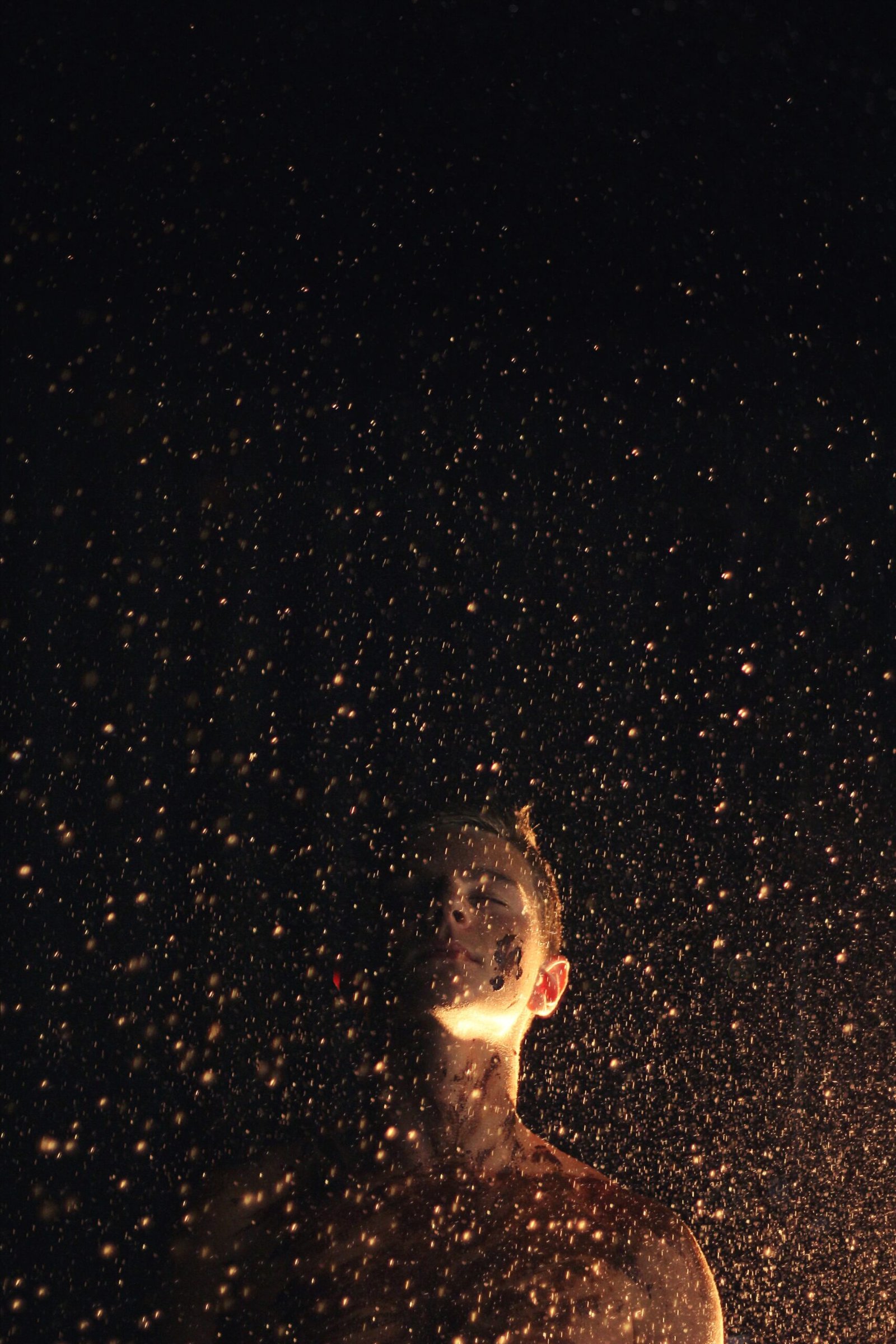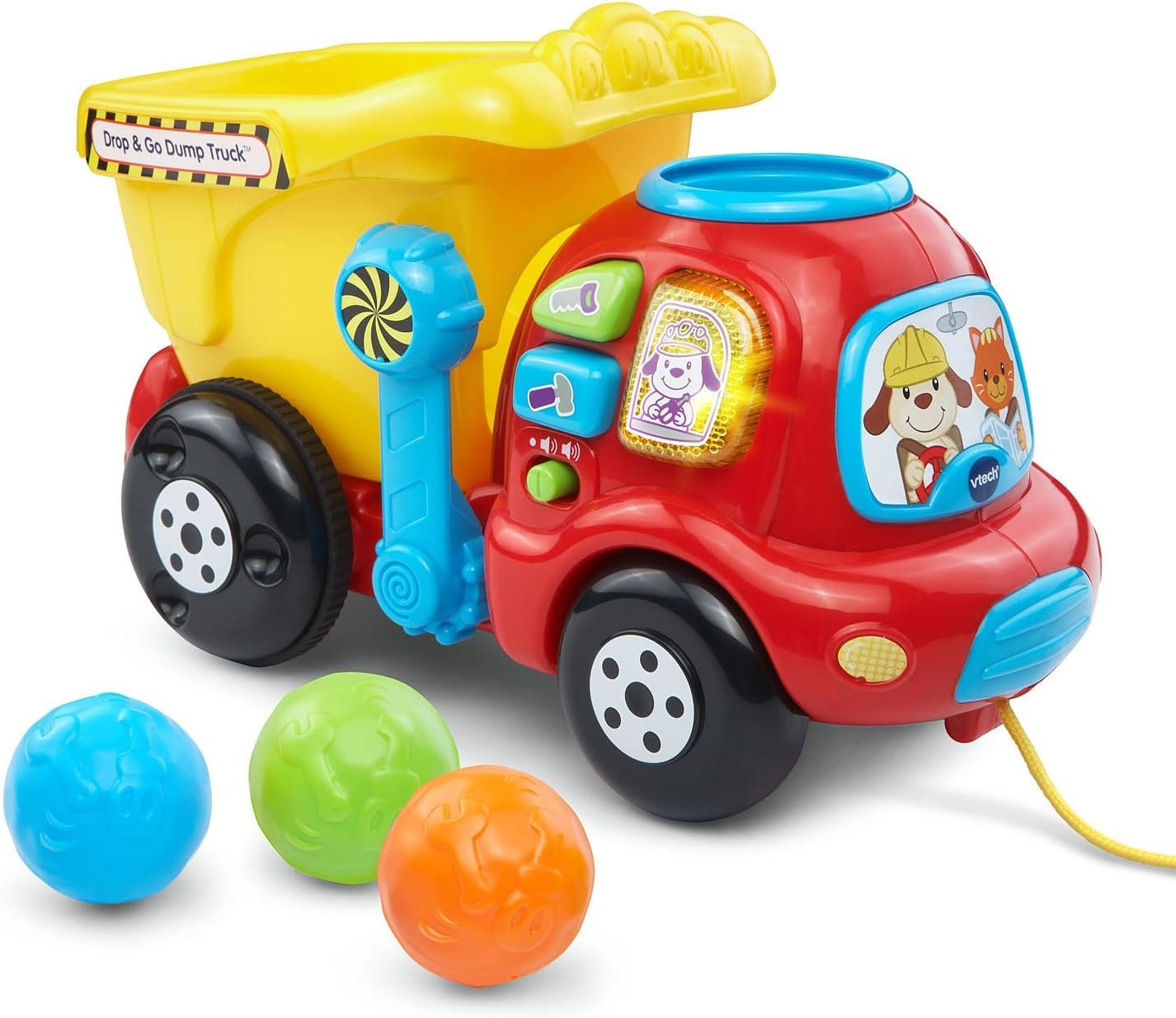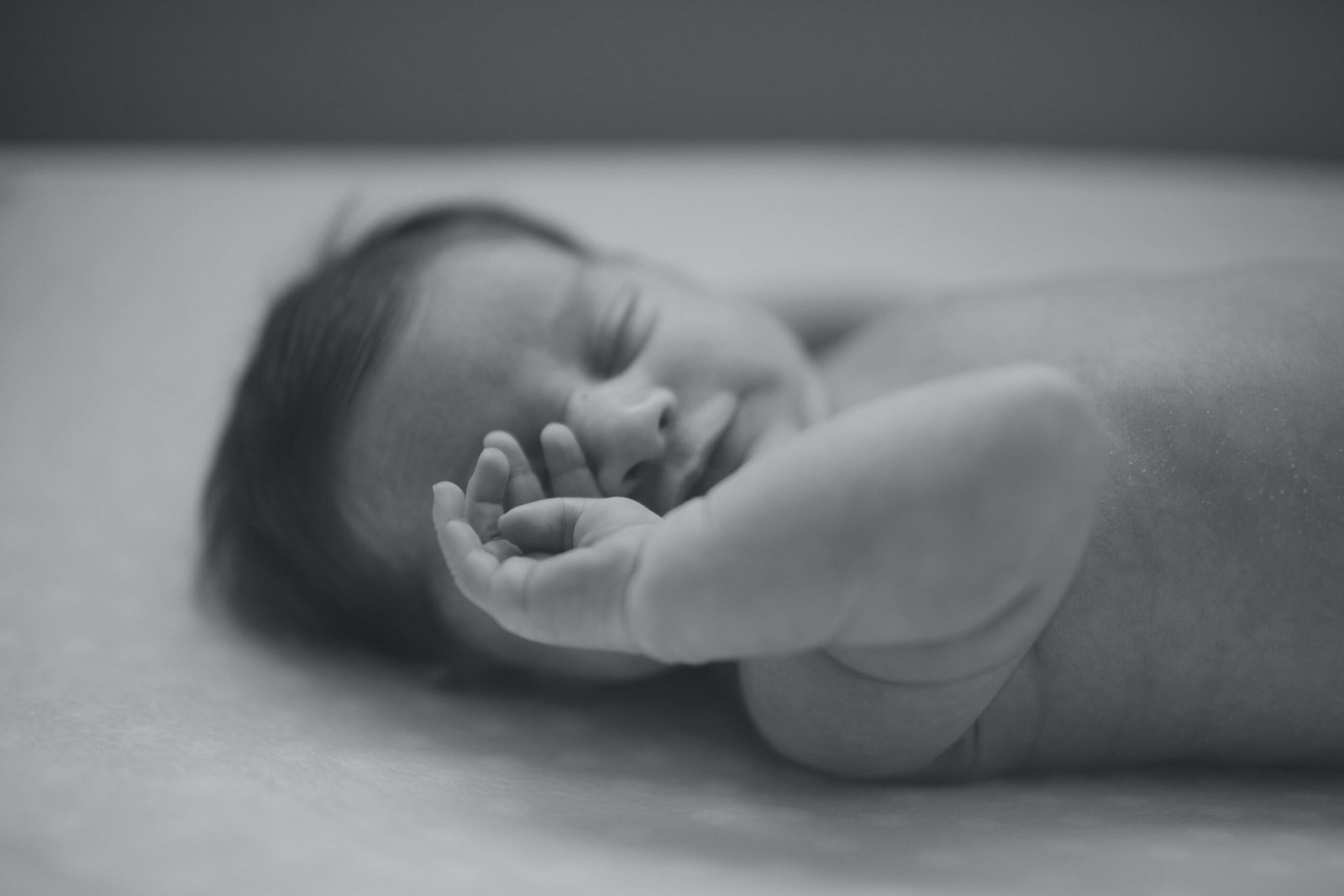In this article, you will discover simple and effective tips on how to ensure the cleanliness and safety of your baby’s toys. As parents, it’s crucial to prioritize the hygiene of these items that your little one constantly interacts with. By following these easy steps, you can maintain a clean and germ-free environment for your child, allowing them to explore, play, and learn without any worries. Let’s explore the best methods of safely cleaning baby toys and ensure a healthy and happy playtime!

Check Baby Toys Guide & Review
Choosing Safe Cleaning Products
When it comes to cleaning your baby’s toys, it’s important to choose products that are safe and non-toxic. Harsh chemicals can be harmful to your little one, so it’s best to avoid them whenever possible. Look for cleaning products that are specifically labeled as “baby-friendly” or “safe for children.” These products are usually made with natural ingredients and are free from harmful chemicals.
Avoiding Harsh Chemicals
Harsh chemicals can not only be harmful to your baby’s health, but they can also damage the toys themselves. When cleaning your baby’s toys, steer clear of products that contain bleach, ammonia, or other strong chemicals. Instead, opt for gentler alternatives that are safe for both your baby and their toys.
Checking for Baby-Friendly Labels
To ensure that the cleaning products you choose are safe for your baby, make it a habit to check for baby-friendly labels. These labels indicate that the product has been tested and approved for use on baby items. Look for labels that specifically state “safe for use on baby toys” or “non-toxic.” This way, you can have peace of mind knowing that you’re using products that are safe for your little one.
Using Natural Cleaning Solutions
If you prefer to go the natural route, there are plenty of homemade cleaning solutions that are safe for baby toys. For general cleaning, a simple mixture of warm water and mild dish soap can be used to clean most toys. You can also make a natural disinfectant by combining equal parts water and vinegar. This solution can be used to disinfect toys without the use of chemicals.
Cleaning Plush Toys
Plush toys are often a favorite among babies and children, but they can quickly become dirty and stained. When it comes to cleaning plush toys, it’s important to read the care label first. Some plush toys may be machine washable, while others may require hand washing. Follow the instructions on the care label to ensure that you clean the toy properly.
Reading the Care Label
Before cleaning a plush toy, carefully read the care label attached to it. The care label will provide instructions on how to clean the toy without causing any damage. It may indicate whether the toy is machine washable or if it needs to be hand washed. Following the care label’s instructions will help extend the life of the plush toy and ensure it remains safe for your baby.
Spot Cleaning Stains
For small stains or spills on plush toys, spot cleaning is usually sufficient. To spot clean a plush toy, mix a small amount of mild detergent with water. Dip a clean cloth or sponge into the soapy water, wring it out, and gently blot the stained area. Be careful not to saturate the toy with too much water, as this can cause mold or mildew to develop.
Hand Washing Delicate Plush Toys
If a plush toy is labeled as hand wash only, it’s important to follow those instructions. Fill a basin or sink with warm water and a small amount of mild detergent. Swish the water around to create suds. Gently submerge the plush toy into the water and agitate it to loosen dirt and debris. Rinse the toy thoroughly with clean water, making sure to remove all soap residue. Squeeze out excess water and pat the toy dry with a towel. Allow the plush toy to air dry completely before giving it back to your baby.
Cleaning Hard Plastic Toys
Hard plastic toys are durable and can withstand more rigorous cleaning methods. However, it’s still important to use gentle cleaning solutions to avoid any potential damage to the toy or harm to your baby. Here’s how to safely clean hard plastic toys.
Removing Batteries
Before cleaning hard plastic toys, always ensure that any batteries or electronic components are removed. This will prevent any damage to the toy or potential mishaps during the cleaning process. Once the batteries are safely removed, you can proceed with cleaning the toy.
Using Mild Soap and Water
For general cleaning of hard plastic toys, mild soap and water are usually sufficient. Fill a basin or sink with warm water and add a small amount of mild dish soap. Submerge the toy in the soapy water and use a sponge or cloth to scrub away dirt and grime. Rinse the toy thoroughly under clean water to remove any soap residue. Ensure that the toy is completely dry before giving it back to your baby.
Disinfecting with a Diluted Bleach Solution
To disinfect hard plastic toys, you can use a diluted bleach solution. Mix one tablespoon of bleach with one gallon of water. Submerge the toy in the bleach solution and allow it to soak for a few minutes. Rinse the toy thoroughly with clean water to remove any bleach residue. Make sure the toy is completely dry before returning it to your baby. It’s important to note that bleach should only be used for disinfection purposes and should not be used regularly for cleaning toys.
Cleaning Rubber or Silicone Toys
Rubber and silicone toys are often used as teething toys and can accumulate saliva and dirt over time. To keep these toys clean and safe for your baby to chew on, regular cleaning is important. Here’s how to clean rubber or silicone toys properly.
Inspecting for Damage
Before cleaning rubber or silicone toys, inspect them for any signs of damage. Look for any cracks, tears, or loose parts. If a toy is damaged, it’s best to discard it as it may pose a choking hazard to your baby. Regularly inspecting your baby’s toys ensures that they are safe to use and minimizes any potential risks.
Using Warm Soapy Water
Rubber or silicone toys can be easily cleaned with warm soapy water. Fill a basin or sink with warm water and add a small amount of mild dish soap. Submerge the toy in the soapy water and use a cloth or sponge to clean it thoroughly. Pay extra attention to any crevices or textured areas to ensure that all dirt and saliva are removed. Rinse the toy under clean water and allow it to air dry completely before giving it back to your baby.
Disinfecting with a Vinegar Solution
To further disinfect rubber or silicone toys, you can use a vinegar solution. Mix equal parts water and white vinegar in a bowl or sink. Submerge the toy in the solution and let it soak for a few minutes. Remove the toy from the solution and rinse it thoroughly under clean water. Allow the toy to air dry completely before giving it back to your baby. The vinegar solution helps eliminate bacteria and sanitize the toy without the use of harsh chemicals.

Cleaning Wooden Toys
Wooden toys are not only durable but also add a natural and timeless appeal to your baby’s playtime. To keep wooden toys clean and in good condition, it’s important to follow the proper cleaning methods. Here’s how to safely clean wooden toys.
Avoiding Excessive Moisture
Wooden toys should be kept as dry as possible, as excessive moisture can lead to warping or cracking. Avoid submerging wooden toys in water or using excessive amounts of water during cleaning. Instead, opt for alternative cleaning methods that involve minimal moisture.
Using a Gentle Detergent
To clean wooden toys, use a gentle detergent or soap specifically formulated for wood surfaces. Mix a small amount of the detergent with warm water to create a mild soapy solution. Dip a soft cloth or sponge into the soapy water and gently wipe the surface of the wooden toy. Pay extra attention to any stains or sticky residue. Rinse the toy with a clean, damp cloth to remove any trace of soap. Immediately dry the toy with a soft towel to prevent moisture from penetrating the wood.
Drying and Oiling the Wood
After cleaning wooden toys, ensure they are completely dry before returning them to your baby. Excess moisture can cause the wood to warp or develop mold. Allow the toys to air dry naturally or use a soft cloth to gently pat them dry. To keep wooden toys in optimal condition, periodically apply a thin layer of food-grade mineral oil or beeswax. This helps to moisturize and protect the wood, preventing it from drying out or cracking.
Cleaning Bath Toys
Bath time is a fun and playful experience for babies, and bath toys often play a big role in making it enjoyable. However, bath toys are regularly exposed to water and humidity, which can lead to mold and bacterial growth. To ensure that bath toys remain clean and safe for your baby, proper cleaning and maintenance are essential.
Draining and Drying After Each Use
After every bath, it’s important to drain and dry bath toys thoroughly. Squeeze out any excess water and shake the toys vigorously to remove as much moisture as possible. This helps prevent the growth of mold or mildew. It’s also a good idea to store the toys in an open, well-ventilated area to allow them to air dry completely.
Preventing Mold Build-up
Despite draining and drying, bath toys can still develop mold over time. To prevent mold build-up, it’s recommended to clean bath toys regularly with a natural disinfectant. A vinegar solution is an effective and non-toxic option for disinfecting bath toys. Mix equal parts water and white vinegar in a bowl or sink. Submerge the toys in the vinegar solution and let them soak for about 15-20 minutes. Rinse the toys thoroughly with clean water and allow them to air dry completely before returning them to the bath.
Sterilizing Bath Toys Regularly
To ensure that bath toys are thoroughly clean, it’s a good idea to sterilize them occasionally. Sterilization is especially important if the bath toys have been used by multiple children or if your baby has been sick. Boiling the toys in water or using a steam sterilizer can effectively kill any lingering bacteria or germs. Follow the manufacturer’s instructions for sterilization and make sure the toys have cooled down before giving them back to your baby.

Cleaning Teething Toys
Teething toys provide much-needed relief for babies during the challenging teething phase. However, these toys can quickly become dirty as babies explore them with their mouths. Regular cleaning is important to keep teething toys safe and hygienic. Here’s how to clean teething toys effectively.
Inspecting for Wear and Tear
Before cleaning teething toys, inspect them for any signs of wear and tear. Check for any loose parts, cracks, or small pieces that may pose a choking hazard. If a teething toy is damaged, discard it immediately to ensure your baby’s safety. Regularly inspecting teething toys ensures that they are in good condition and suitable for use.
Using Hot, Soapy Water
For everyday cleaning of teething toys, hot, soapy water is usually sufficient. Start by filling a bowl or sink with hot water and add a small amount of mild dish soap. Submerge the toys in the soapy water and gently scrub them using a cloth or sponge. Pay extra attention to any textured areas or crevices where dirt or saliva may accumulate. Rinse the toys thoroughly under clean water to remove any soap residue. Allow the toys to air dry completely before giving them back to your baby.
Boiling or Steam Sterilizing
To effectively sterilize teething toys, boiling or steam sterilizing is recommended. Boiling is a simple and effective method for sterilization. Place the teething toys in a pot of boiling water and let them boil for approximately five minutes. Remove the toys from the water and let them cool down before giving them back to your baby. Alternatively, you can use a steam sterilizer following the manufacturer’s instructions. Sterilizing teething toys helps eliminate any bacteria or germs that may have accumulated on your baby’s toys.
Cleaning Electronic Toys
Electronic toys can be a source of endless entertainment for babies and children. However, cleaning electronic toys requires some extra caution to prevent damage to the delicate electronic components. Here’s how to safely clean electronic toys.
Removing Batteries and Electronic Components
Before cleaning electronic toys, always remove the batteries and any electronic components. This is crucial to prevent any damage to the toy itself or potential mishaps during the cleaning process. Take note of how the components are removed, as this will make it easier to reassemble the toy later.
Using a Mild Disinfectant Wipe
For cleaning the surface of electronic toys, a mild disinfectant wipe is a convenient option. Look for wipes specifically designed for electronic devices, as these are safe to use on the toy’s surface and won’t cause any damage to the electronics. Gently wipe the surface of the toy, paying extra attention to any buttons or crevices where dirt or grime may accumulate. Allow the toy to air dry completely before reinserting the batteries.
Avoiding Excessive Moisture
When cleaning electronic toys, it’s important to avoid excessive moisture. Electronics and water do not mix well, so always be cautious when cleaning around any electronic components. Be mindful not to saturate the toy with water or cleaning solutions. Instead, use a gentle touch and focus on cleaning the surface without getting any moisture into the electronic parts.
Cleaning Fabric Books and Activity Centers
Fabric books and activity centers are interactive and engaging toys for babies, but they can quickly become dirty with repeated use. To ensure that these toys remain clean and safe for your baby to play with, regular cleaning is necessary. Here’s how to clean fabric books and activity centers properly.
Spot Cleaning Stains
For minor stains or spills on fabric books or activity centers, spot cleaning is usually sufficient. Start by mixing a small amount of mild detergent with water to create a soapy solution. Dip a clean cloth or sponge into the soapy water and gently blot the stained area. Be careful not to scrub too vigorously, as this may damage the fabric. After spot cleaning, rinse the area with a clean, damp cloth to remove any soap residue.
Hand Washing or Machine Washing
If the fabric book or activity center is machine washable, follow the manufacturer’s instructions for washing. Use a gentle cycle and mild detergent to wash the toy. It’s recommended to place the toy inside a laundry bag or pillowcase to protect it during the wash. If the toy is not machine washable, hand wash it using a gentle detergent and lukewarm water. Gently scrub the toy with your hands and rinse thoroughly. Squeeze out excess water and lay the toy flat or hang it to air dry.
Allowing Proper Drying Time
After cleaning fabric books or activity centers, it’s important to allow them ample time to dry before giving them back to your baby. Lay the toys flat or hang them in a well-ventilated area away from direct sunlight. Fabric toys may take longer to dry, so be patient and ensure they are completely dry to prevent any mold or mildew from forming.
Storing Cleaned Toys
After you’ve carefully cleaned and dried your baby’s toys, it’s time to think about their storage. Proper toy storage not only keeps toys organized but also helps maintain their cleanliness and prolongs their lifespan. Here are some tips for storing cleaned toys.
Organizing Toys by Type or Material
To efficiently store your baby’s toys, it’s helpful to organize them by type or material. This makes it easier to find specific toys when your baby wants to play and ensures that toys of similar material are stored together. For example, group all plush toys in one container, plastic toys in another, and wooden toys in a separate bin. This organization allows for easy access and prevents toys from getting mixed up or damaged.
Using Washable Storage Containers
To keep your baby’s toys clean and hygienic even while in storage, opt for washable storage containers. Look for containers that can be easily wiped down or even tossed in the washing machine if necessary. Fabric bins or baskets can be a great option, as they can be easily cleaned and are gentle on toys. It’s important to choose storage containers that are the appropriate size for the toys to prevent overcrowding or damage during storage.
Checking for Moisture Before Storage
Before storing cleaned toys, always check for any moisture that may have been missed during the cleaning and drying process. Excess moisture can lead to mold growth, which can damage both the toys and your baby’s health. Ensure that all toys are completely dry before placing them in storage containers or bins. It may also be helpful to periodically check stored toys for any signs of moisture or mold to mitigate any potential risks.
By following these tips and guidelines, you can ensure that your baby’s toys are kept clean, safe, and in great condition. Cleaning and maintaining toys not only protect your baby from harmful bacteria and germs but also extend the lifespan of the toys, ensuring that they can be enjoyed for years to come. Keeping your baby’s toys clean is an essential part of providing a safe and healthy environment for your little one to learn and play in.








